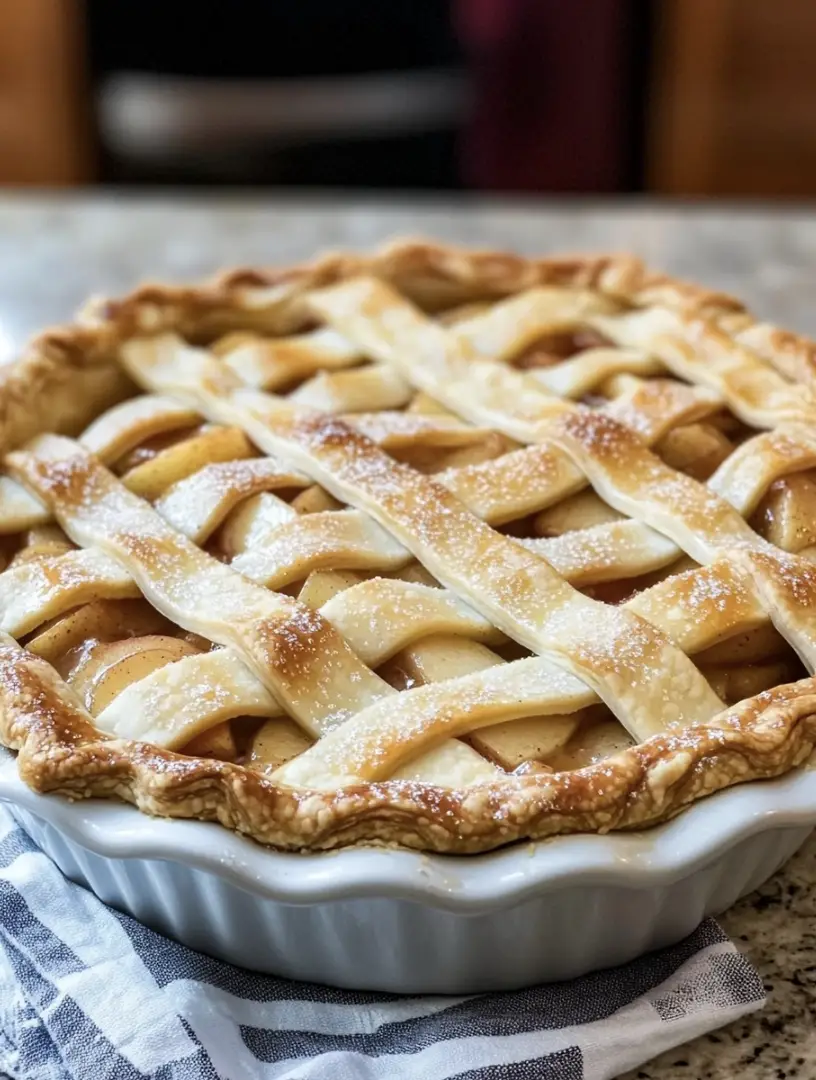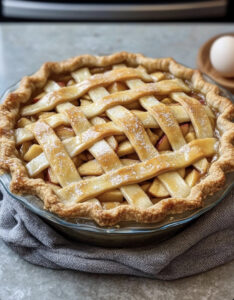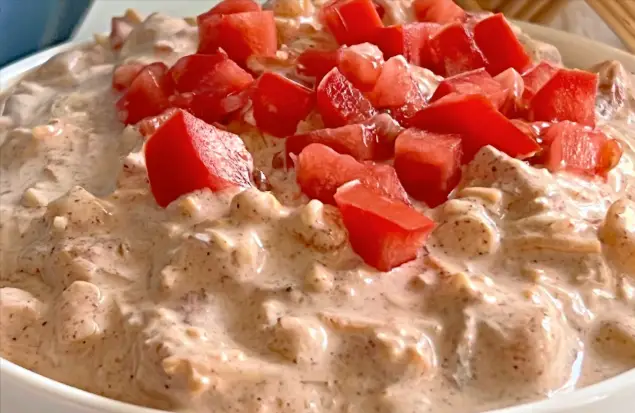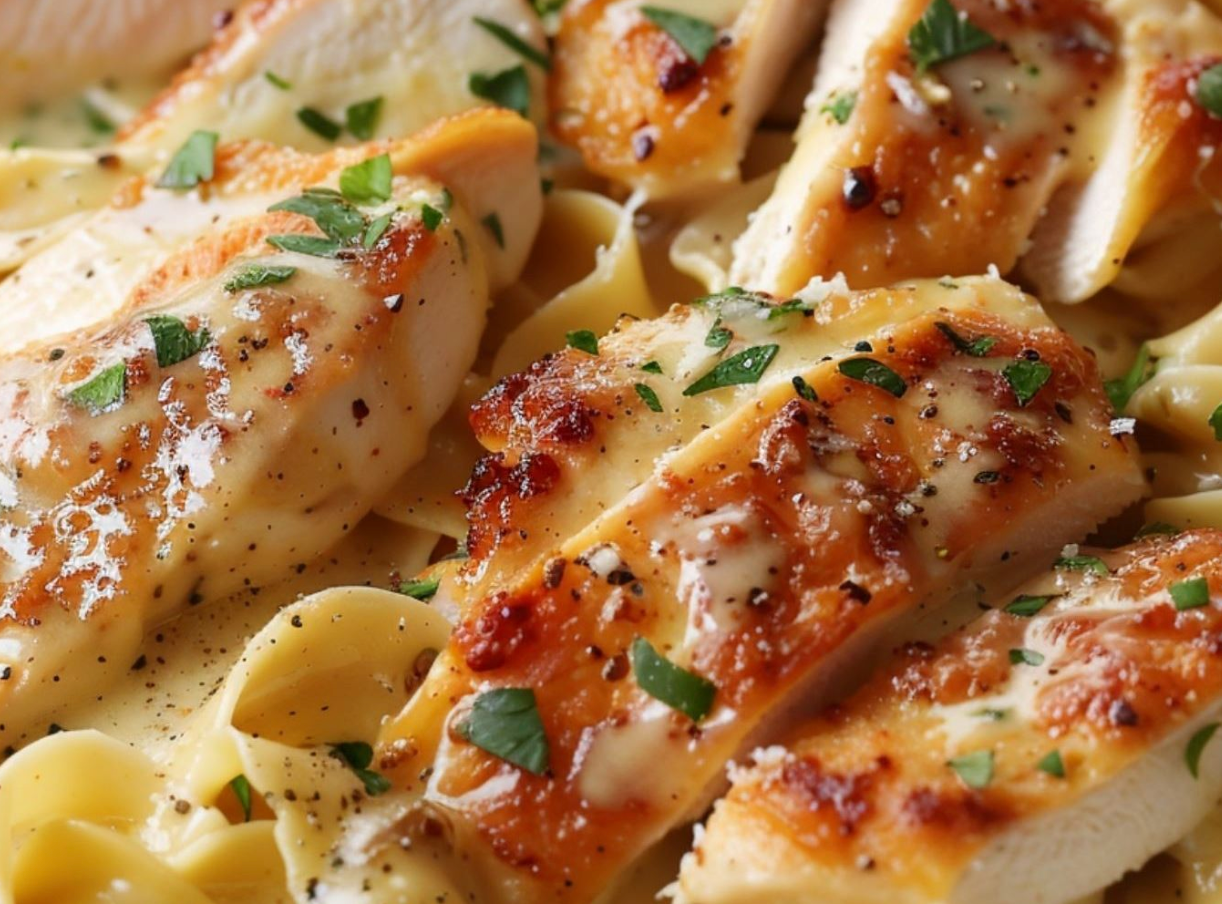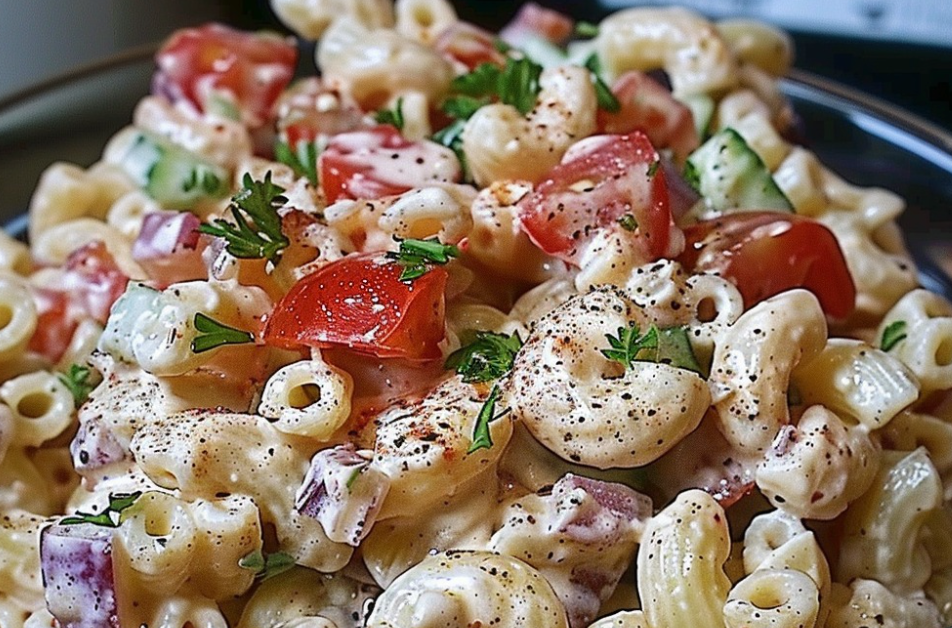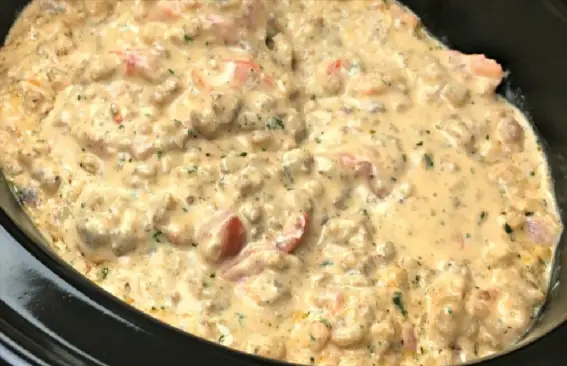Homemade Pie Crust is a must-have for making delicious, flaky pies. Whether you’re making a sweet fruit pie or a savory quiche, this easy, versatile recipe will give you a perfect crust every time. The key to a great pie crust is using cold ingredients and handling the dough as little as possible to keep it light and flaky.
Ingredients
- 2 1/2 cups all-purpose flour
- 1 cup unsalted butter (cold and cut into small cubes)
- 1 teaspoon salt
- 1 tablespoon sugar (optional, for sweet pies)
- 1/4 to 1/2 cup ice water
- 1 tablespoon apple cider vinegar or lemon juice (optional, for added tenderness)
Instructions
Step 1: Mix the Dry Ingredients
- In a large mixing bowl, whisk together the flour, salt, and sugar (if using).
Step 2: Cut in the Butter
- Add the cold, cubed butter to the flour mixture.
- Using a pastry cutter, two forks, or your hands, cut the butter into the flour until the mixture resembles coarse crumbs with pea-sized pieces of butter. The key is to keep the butter cold for a flaky crust.
Step 3: Add Ice Water
- Slowly drizzle in 1/4 cup of ice water, stirring with a fork until the dough begins to come together. Add more water, 1 tablespoon at a time, if necessary, until the dough holds together when pinched. Be careful not to add too much water to avoid making the dough sticky.
- If using apple cider vinegar or lemon juice, add it with the water for extra tenderness.
Step 4: Form the Dough
- Gently gather the dough into a ball. If making a double crust pie, divide the dough into two equal portions.
- Flatten each portion into a disc, wrap it in plastic wrap, and refrigerate for at least 1 hour (or up to 2 days). This helps the dough relax and makes it easier to roll out.
Step 5: Roll Out the Dough
- Once chilled, remove one disc of dough from the refrigerator. Lightly flour your work surface and rolling pin.
- Roll the dough out into a 12-inch circle (for a 9-inch pie pan), starting from the center and working outward, rotating the dough as you go. Be careful not to overwork the dough.
Step 6: Transfer to Pie Pan
- Carefully transfer the rolled-out dough to your pie pan by gently folding it in half or rolling it around your rolling pin, then unrolling it into the pan.
- Press the dough into the bottom and sides of the pan, leaving an overhang around the edges.
Step 7: Prepare the Top Crust (if making a double-crust pie)
- Roll out the second disc of dough if you’re making a double-crust pie or lattice top.
- Add your desired filling, then place the top crust over the filling. Trim and crimp the edges to seal the crusts together.
- For a golden finish, brush the top crust with an egg wash (1 egg beaten with 1 tablespoon of water or milk).
Step 8: Bake
- Follow your pie recipe for baking instructions. If blind baking (pre-baking the crust for fillings that don’t require baking), preheat the oven to 375°F (190°C). Line the crust with parchment paper or foil, fill with pie weights or dried beans, and bake for 15-20 minutes. Remove the weights and bake for another 5-10 minutes, or until the crust is golden.
Cook Notes
- Cold Butter: Keeping the butter cold is crucial for creating a flaky crust. If the butter starts to soften while making the dough, pop it back in the refrigerator for a few minutes before continuing.
- Resting Time: Chilling the dough for at least 1 hour helps prevent shrinkage during baking.
- Flour for Rolling: Use as little flour as possible when rolling out the dough to keep it tender.
Variations
- Whole Wheat Pie Crust: Substitute 1 cup of all-purpose flour with whole wheat flour for a nuttier flavor and texture.
- Sweet Pie Crust: For a sweeter crust, add an extra 1 tablespoon of sugar.
- Herb-Infused Crust: Mix in 1 tablespoon of finely chopped fresh herbs like rosemary or thyme for savory pies.
Frequently Asked Questions (FAQs)
Can I make the pie dough ahead of time?
Yes! You can refrigerate the dough for up to 2 days or freeze it for up to 3 months. Thaw frozen dough in the refrigerator overnight before rolling it out.
Can I freeze the pie crust?
Yes, you can freeze unbaked pie crusts. Roll out the dough, place it in the pie pan, and freeze it. Once frozen, wrap it in plastic wrap and foil. You can bake the crust directly from the freezer, adding a few extra minutes to the baking time.
How do I prevent a soggy bottom crust?
For juicy pie fillings, blind bake the crust (pre-bake) before adding the filling. You can also brush the bottom crust with egg wash before adding the filling to create a barrier.
How do I get a golden, shiny crust?
Brush the top crust with an egg wash before baking. For an extra shiny finish, sprinkle with a little sugar (for sweet pies) or sea salt (for savory pies).
Homemade Pie Crust is easy to make and adds a delicious, buttery flavor to any pie. Whether you’re making a fruit-filled pie, savory quiche, or a holiday classic, this versatile recipe will help you achieve a perfectly flaky, golden crust every time. With a few simple ingredients and techniques, you’ll have a pie crust that tastes as good as it looks!
